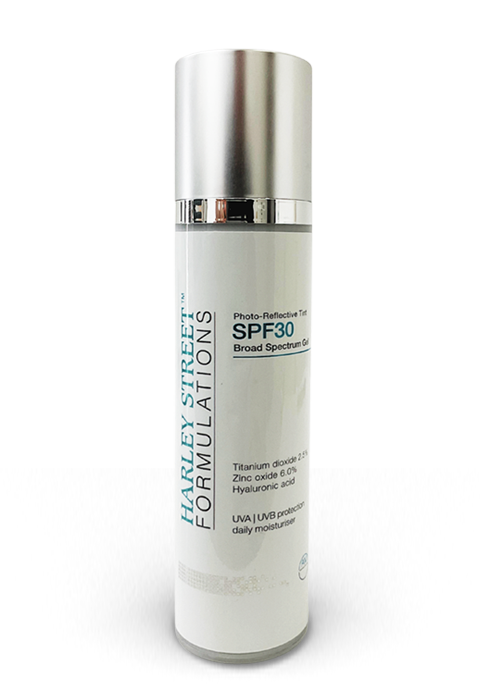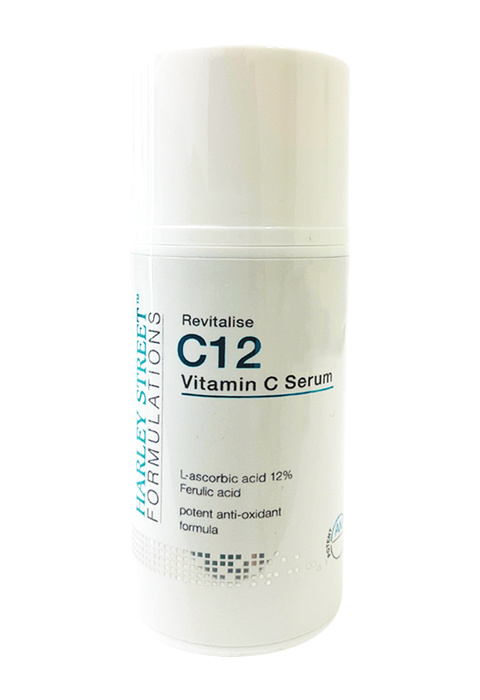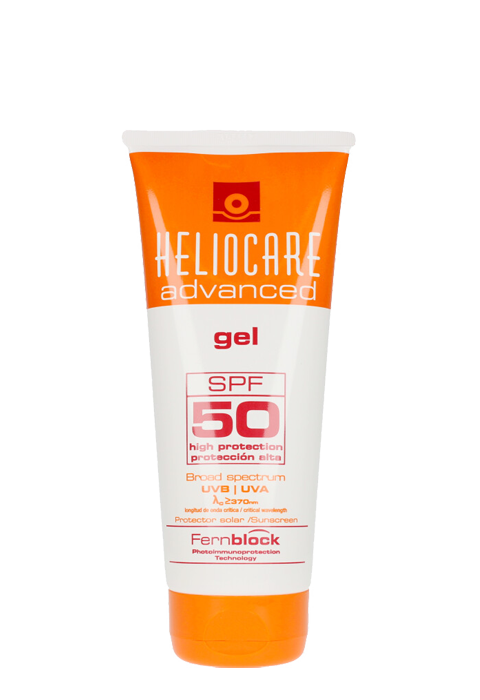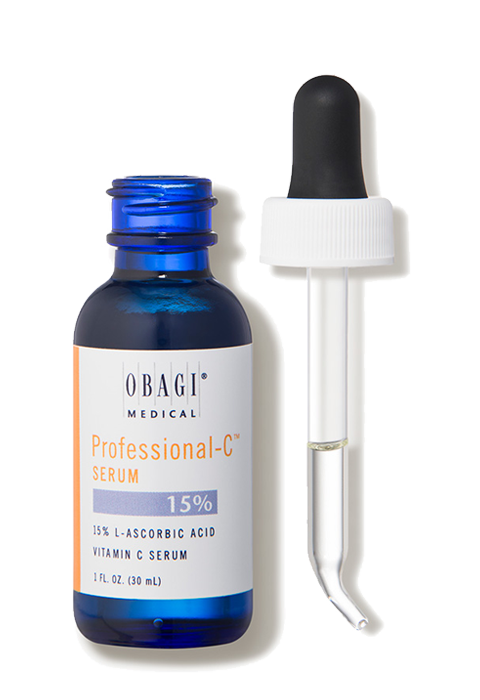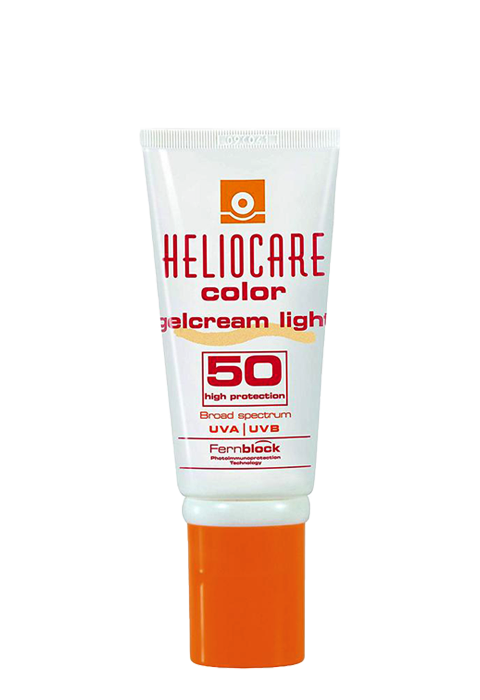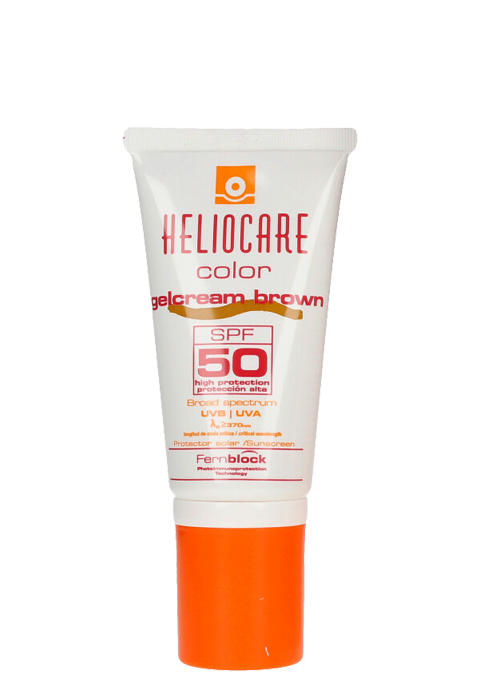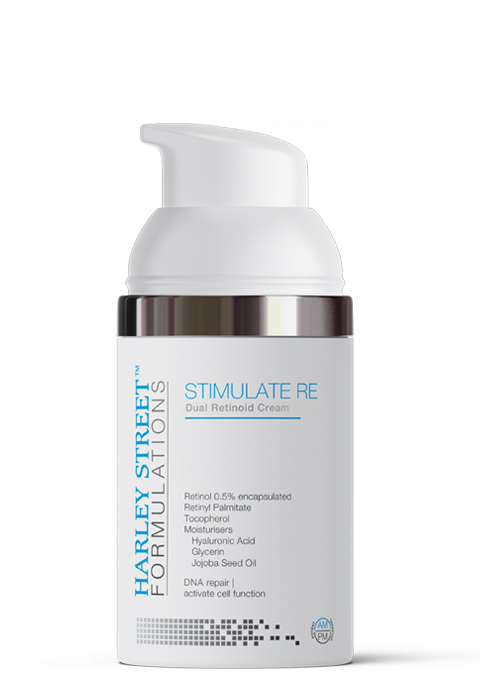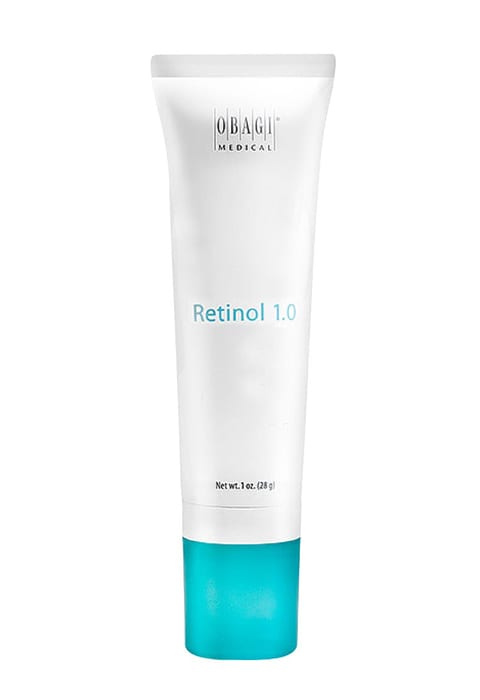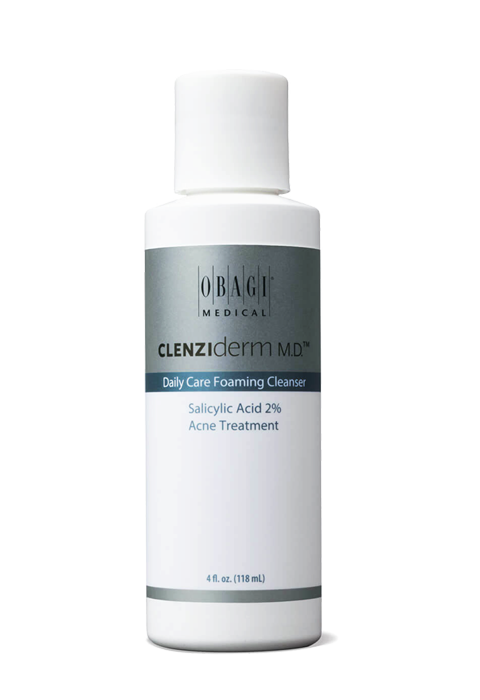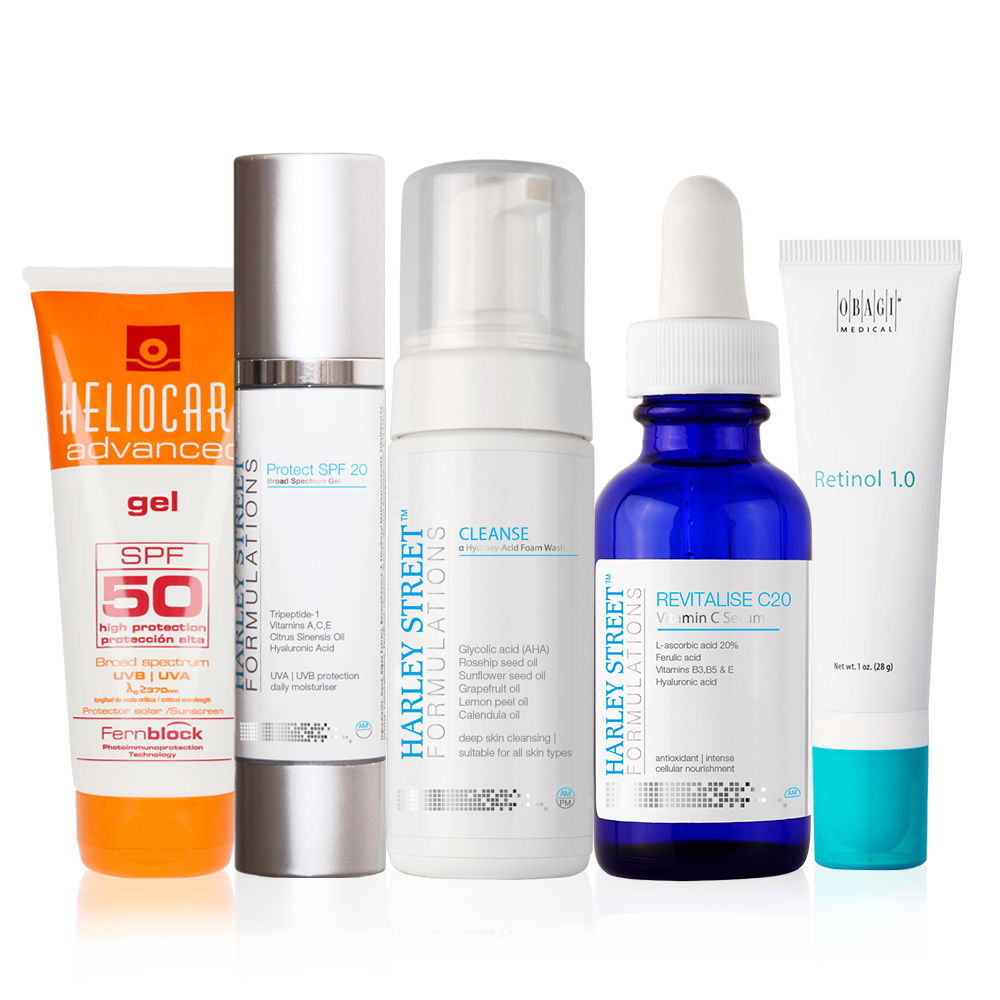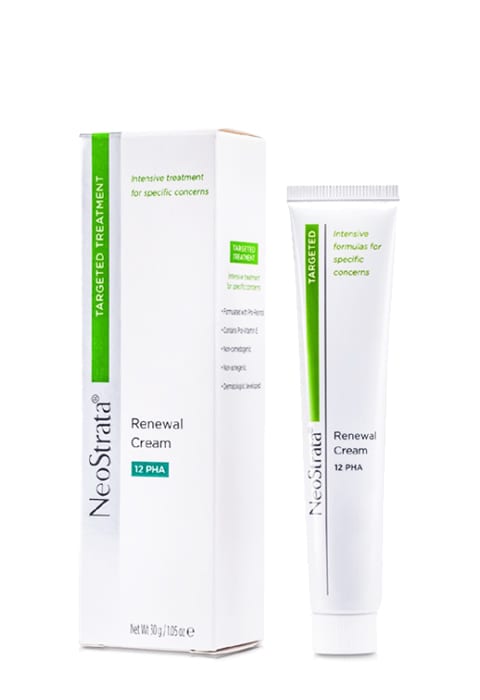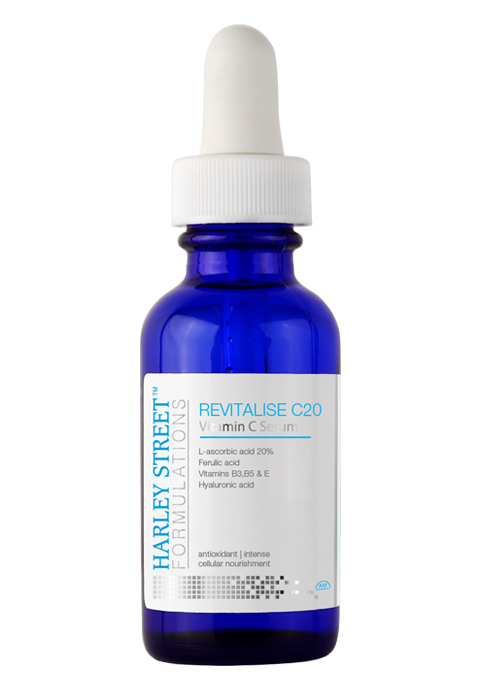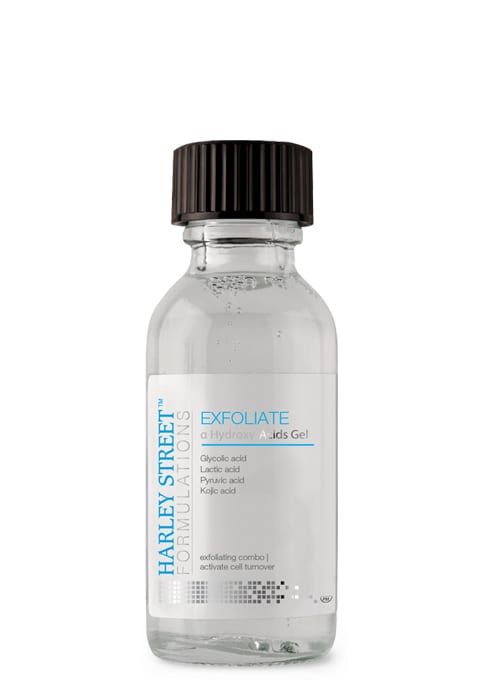- Anti Ageing At A Glance
- Biophysical Skin Changes - In-Depth Analysis
- Epidermis - The First Skin Layer
- Dermis - The Second Skin Layer
- Hypodermis- The Deepest Skin Layer
- Visible Skin Signs Of Ageing
- What Causes Skin Ageing? A Summary
- CRES Principles - A Summary
- The "C" Of CRES Principles: Cleanse
- The "R" Of CRES Principles: Revitalise
- The "E" Of CRES Principles: Exfoliate
- The "S" Of CRES Principles: Stimulate
-
Injectables
-
Botox -
Dermal
fillers -
Lip Fillers -
Non Surgical
Nose Job -
Chin Filler -
Under Eye Circles
(Tear Trough) -
Non Surgical
Face Lift -
Masseter Botox -
Jawline Filler -
Cheek Fillers - Calf Reduction
- Nefertiti Lift (Platysma) & Turkey Neck Bands
- Bunny Lines (Nose Wrinkles)
- Lip Flip
- Trigger Point Release
- T-Zone Oily Skin
- Dimpled Chin
- Nasal Flaring
- Gummy Smile
- Bruxism / TMJ
- Migraines / headaches
- Neck lines
- Forehead Indentations
- Botox Forhead Lines
- Botox Crows Feet
- Botox Frown Lines
- Profhilo
- PDO threads
- Hyperhidrosis (excessive sweating)
- Fat Dissolving
-
-
Skin & Body
-
V i s i t
- Chemical Peel
- Peel To Reveal Popular
- PRP (Vampire Facial)
- Prescription Grade Skin Care Popular
- Charity A Peel
- Hydrafacial
- Micro Needling (electronic) Popular
- Acne Treatments
- Facial Thread Veins
- Leg Veins (Spider/Thread Vein)
- Skin Tag Removal
- Ageing Skin Concerns
- Hyperpigmentation
- Facial Volume Loss
- Lines & Wrinkles
- Sun Damage
- Stubborn Fat Deposits
- Black Heads & White Spots
- Jawline, Jowls & Double Chin
- Cellulite
- Tired Eyes
- Neck - Lines, Wrinkles & Cords
-
- Glow & Go TM Skin Shop
- Book an Appointment Book
- CosmeShop
- Cosmetic Surgery
- CosmeTalk
-
COSMESURG| Surgical
-
| Professional EducationHARLEY STREET
INSTITUTE -
| Skin CareHARLEY STREET
FORMULATIONS -
GLOW & GO| Skin Bar Clinic
-
COSMETALK| Public Education
-
INJECTABLES
Injectables
-
SKIN & BODY
Skin & Body
-
COSMESHOP
-
COSMETALK
View All Posts
Dermal Fillers Before And After – Get The Better Version Of Yourself Today
It is true! Beauty industry has been revolutionized, aesthetic treatments have been personalized and new beauty… - ABOUT US& Treatment Criteria
Biophysical Skin Changes – in-Depth Analysis
Introduction
The skin is the largest organ in the body. The skin is well supplied with blood vessels. There are several hundred million cells on your skin with each square inch of it having as many as 19 million cells.
Your skin continuously renews itself. This happens approximately every 28 days. This is of great importance when considering your skin care and cosmetic concerns. The rate and efficiency of shedding these cell, referred to as desquamation, can determine how your skin looks.
Early signs of ageing are usually first noted in the skin. It is my mission to show you how you can slow down these changes in a healthy and safe manner. Before that, let me give you an overview of the parts that form the skin.
The human skin is composed of three primary layers which have further subdivisions:
The surface layer of the skin is called the epidermis which serves as a physical and chemical skin barrier, preventing harmful substances from going into the skin. It contains skin cells called keratinocytes which are born in the deep epidermis. The maturation and dying off process forms the various layers of the epidermis. The epidermis contains the pigment-forming cells called the melanocytes. The second skin layer is the dermis. It is thicker than the epidermis and is contains collagen and elastin fibres for support and large amounts of water retaining molecules such as hyaluronic acid, playing a major role in skin hydration. Physically separation between the two compartments is the basement membrane (BM), a highly specialised dynamic structure providing stabilisation as well as regulating diffusion across. The hypodermis layer is composed of fibrous bands known as ligaments to support the skin as well as fat cells that give volume and maintain temperature. Are we age the fat cells shrink and the ligaments weaken leading to sunken and sagging skin appearance.
The process of intrinsic ageing begins regardless of the influence of external factors. Crossing 20 years of age the production of collagen decreases by 1% in the dermis each year. This makes the skin appear thin, inelastic and brittle as well as leads to wrinkle formation. The process of natural skin exfoliation also slows down by more than 30% (from weeks to months) which causes accumulation of dead cells at the surface contributing to enlarged pores, skin dryness (as the dead layer has very little moisture to start with) and rough even texture.
During the 30s, the transmission of moisture from the dermis to the epidermis significantly slows down, as well as the fat cells begin to shrink in the hypodermis. This gives a dull, lustreless, dry and thin appearance to the skin with the face appearing sunken. In the 40s, the collagen production is reduced to the minimal and fibrous bands in the hypodermis supporting the dermis weaken resulting in skin sagging. Beyond the 40s, the skin lacks hydration, elasticity and become highly susceptible to damage because the sebaceous glands shrink in size.
The other type of ageing is extrinsic skin ageing which can be controlled unlike intrinsic ageing because it is caused due to environmental factors and external influences. External influences on the skin include damage due to free radicals which form as a response to UV radiation, pollution, smoking etc. Free radicals are capable of damaging existing collagen, elastin and hyaluronic acid as well as interrupting the production of these by the skin cells. Furthermore, free radicals hyper-stimulate the melanocytes on causing the production of excessive melanin. This can be seen on sun-exposed skin surfaces like the face from the early 20s onwards as uneven skin tone and progress to more visible melasma/hyperpigmentation. As the skin biological cycle slows down it isn’t able to regenerate and repair as fast the damage of free radicals as it did in the teenage years.
Further Reading from Skin Ed
CosmeTalk Articles
Testimonials #Cosmestories
2
I had a botox treatment with cosmodocs. I found the price very reasonable. Even better the results were excellent. I will definitely use this service again.” – BH
3
I am a very satisfied customer of Cosmedocs – I’ve had three facial areas treated with Anti-Wrinkle Injection at CosmeDocs in recent years, and find the treatment swift, thorough and effective. Also, Dr Haq’s pleasant and friendly manner makes the treatment as painless as possible!” – CFSP
CosmeShop

-See more products












